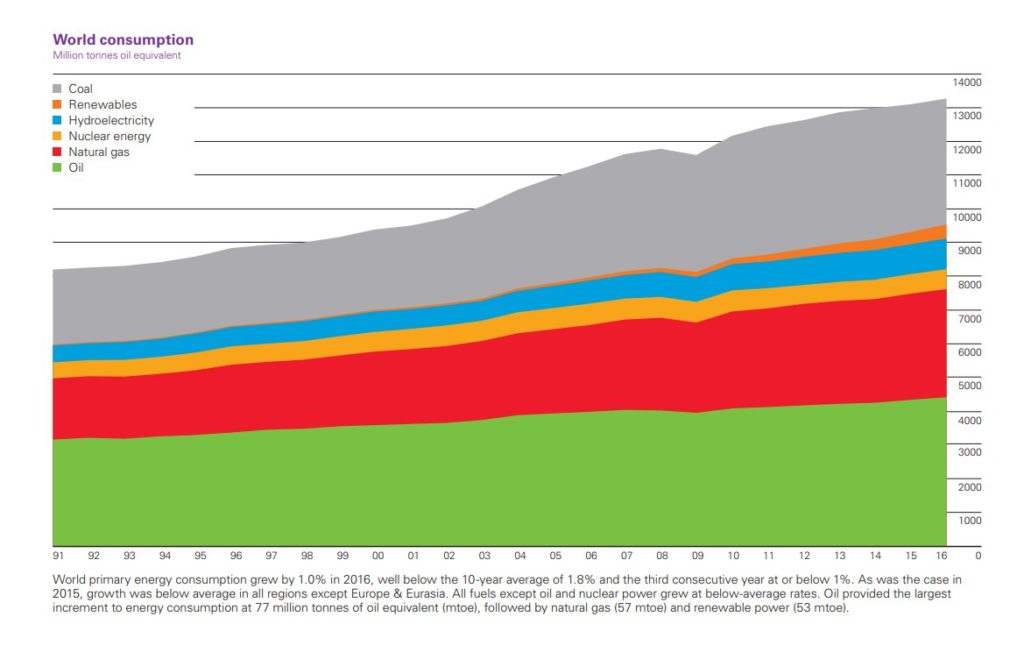Credit where credit is due. Steven Hayward at Powerline came up with that vision. His article is in reference to a Wired magazine article on the Spiraling Environmental Cost of Our Lithium Battery Addiction. And finally Thomas Lifeson wraps up with his thoughts on the topic.
In this blog, I have written a number of articles about the illusion that electric vehicles are some sort of panacea for the environmental issues involved in driving gas powered vehicles. New to the public conversation is the admission, firstly by Elon Musk and then by Akio Toyoda that, there is not enough electricity to power all the electric vehicles governments and greens want to put on the roads around the world. This sums it up nicely:
Toyoda is getting at two things. One, EVs are not powered by magical unicorn emissions, they are powered by the means we use to generate electricity. In Japan, the United States, and everywhere else, that’s fossil fuels to the tune of a huge majority of our electric power generation (61% in the U.S., with wind and solar making up about 17%, while Japan relies more heavily on nuclear power than most due to its lack of indigenous oil). Imagine taking every car in Japan or the United States and powering it not by gasoline or diesel, but by electricity. This will require a dramatic expansion of the amount of electric power we currently generate. There is no getting around this fact. We would be displacing gasoline or diesel for another power source. We’re still pulling something out of the ground and burning it in some way. The main question is where is it being burned?
Throwing all the eggs in the EV basket is a march of folly. I’m fine with people making the choice to buy and drive an EV. Its always good to have options. I just wish the conversation about the efficacy of EVs was honest and forthright. I don’t think they should be publicly subsidized — let the market decide. In markets where they have removed the subsidy on EVs, sales have plummeted. So what does that tell you. And I totally agree with Toyoda that governments mandating EVs is ultimately going to be a disaster.

